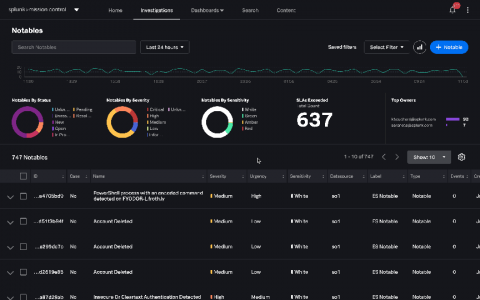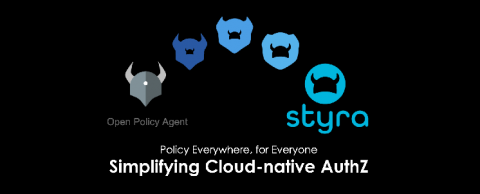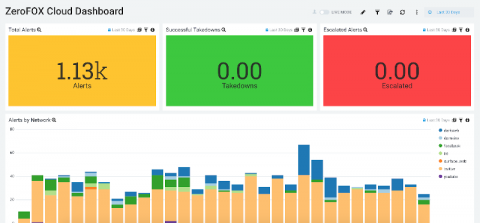Social Engineering: Hacking Brains...It's Easier than Hacking Computers
The audience in the room is weirdly quiet. The contestant is in a small plexiglass booth with nothing but a phone, a laptop computer and some notes. On a set of speakers outside, the booth broadcasts the sounds of a dial tone as a woman on the stage begins to dial a number. It is apparent she is not phoning a friend. The dial tone changes to a ring tone, and moments later, the other end picks up. “Hello… IT department.









